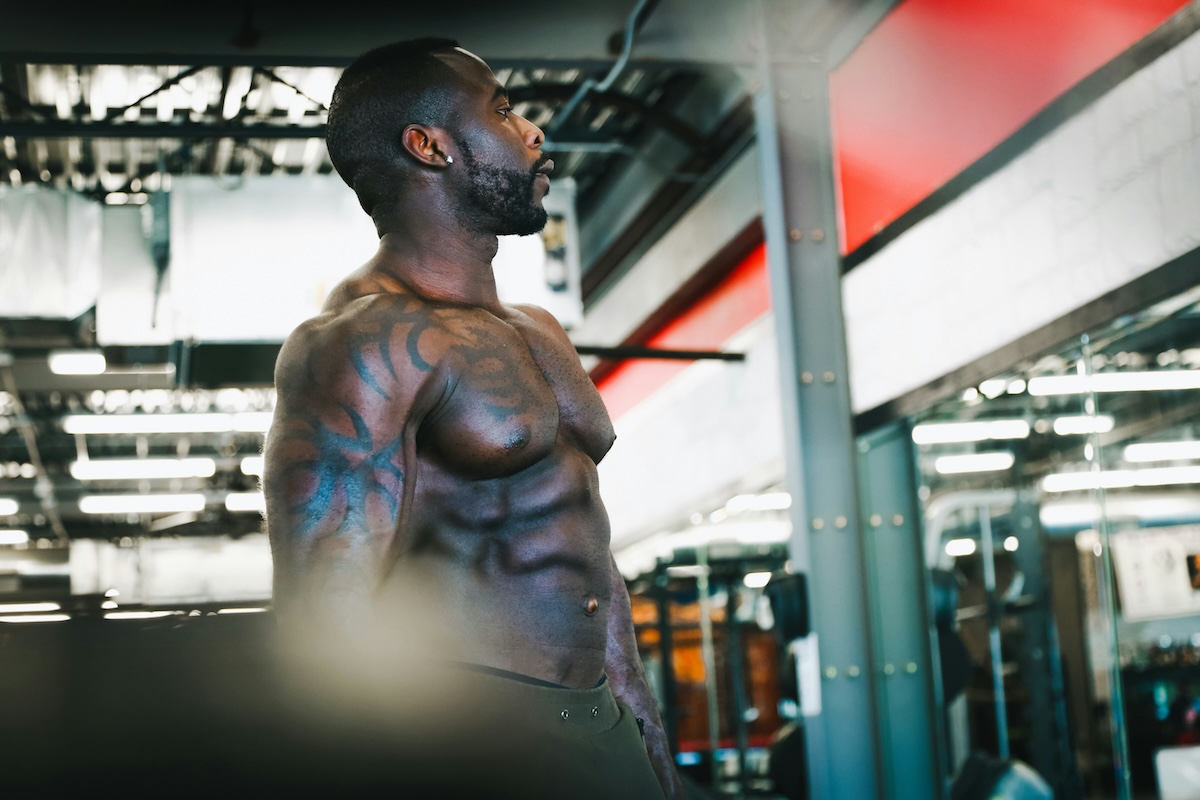Equipment-free workouts are often a misnomer. Some actually require a yoga mat. You’ll be on the ground. Raise your hand if you want to dig your forearms and knees into a hardwood floor during planks and push-ups. We thought so. However, you can feel the burn in your abs without any equipment. You don’t even need to lie on your back for crunches or assume a plank position.
A standing core workout can engage the abdominals, strengthen the muscles, and help you firm up your mid-section anywhere, anytime, and without a mat. What are standing ab exercises, and do they really work? This guide, including step-by-step moves to try at home (or at the park, in your office…), will help you feel the burn.
Do standing ab exercises really work?

A standing core workout can be an excellent and accessible way to fire up the abs without equipment or engaging in high-impact exercises. As with floor exercises, good form is critical in getting the most out of a standing ab move. In fact, you may engage muscles more than you do on a mat because you are working against gravity to stay balanced, which could also help you in daily, functional movements, like simple walking up stairs or exercises like running.
Think about it: When you do a woodchop, you must pull the belly button toward the spine to stay on two feet as you twist your arms.
Also, the best core workouts are ones you’ll do. For some, a standing core workout is more accessible. We repeat: These exercises don’t require equipment. They’re also lower-impact than floor exercises like oblique crunches and sit-ups, which can place stress on the neck. People with pain may find them effective but “easier.”
5 great standing core workout ideas

Ready to take a stand and do ab workouts without sitting or lying down? These moves will help you get started.
Standing crossover toe touches
This move targets the abs, especially the obliques while providing a bonus stretch and strengthening the glutes and hamstrings.
- Stand straight with feet hip-width apart and head and spine aligned.
- Stretch arms out like an airplane at shoulder height so they are parallel with the floor.
- Gently lunge laterally to the left, slightly bending the knee as you push your hips back and bring your right hand to the left toes.
- Return to start.
- Repeat on the opposite side for one rep.
- Do 12 reps three times.
Pelvic tilts
Pelvic tilts work the deep core muscles and the transverse abdominis and can help relieve back pain and coordination.
- Stand with knees slightly bent.
- Inhale as you tilt the pelvis forward.
- Exhale, tilting the pelvis backward. Tuck the tailbone to engage the abs further.
- Do three sets of 20 reps.
Standing crunches
Yes, you can do crunches without a mat. Standing can protect against neck and back pain you may feel during traditional crunches.
- Stand with feet shoulder-width apart.
- Engage the abs by bringing the naval into the spine.
- Bring the hands to the back of the head.
- Crunch as you would sitting down, but do not use your hands to push your head to the floor. Leave room between the chin and the chest.
- Return to an upright position.
- Do three sets of 10 reps.
Overhead marches
Get in formation. Overhead marches engage abs and can also serve as a warm-up prior to runs and cycles.
- Stand straight with head, neck, and shoulders aligned.
- Place hands over the head (Progression with equipment: Hold a weight with both hands or one weight in each hand)
- Engage the core as you lift the right knee toward the chest, stopping when you make a right angle.
- Return to start.
- Switch sides.
- Repeat 20 reps three times.
Wood chops
No axes – or weights — are required for this move, which improves mobility and oblique strength.
- Stand with feet shoulder-width apart.
- Place your hands on the side of your left hip as you pivot the right foot to the left side.
- Pivot the left foot toward the right as you bring the hands up and to the right.
- Return to start.
- Repeat 10 times on one side. Switch sides and repeat.
- Do three sets on either side.
Summary

A standing core workout engages the abs and also requires more balance than mat moves, boosting daily functioning. However, these exercises have less impact on specific joints and muscles, particularly in the upper body and neck. Standing crossover toe touches, pelvic tilts, standing crunches, and a woodchop can boost core strength and chisel the mid-section without hitting a mat. Speaking of which, that’s another benefit of these moves: They require absolutely no equipment – not even a yoga mat — meaning you can do them anywhere, including your home without a gym, a hotel room, or your office (open door optional). Good form is critical in reaping all the benefits of standing abs exercises. If you’re concerned, a physical trainer can walk you through steps and form.




